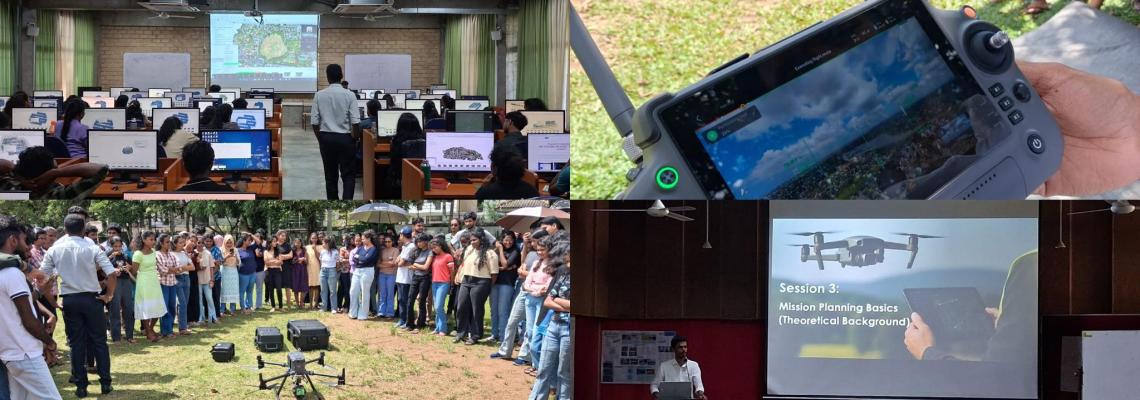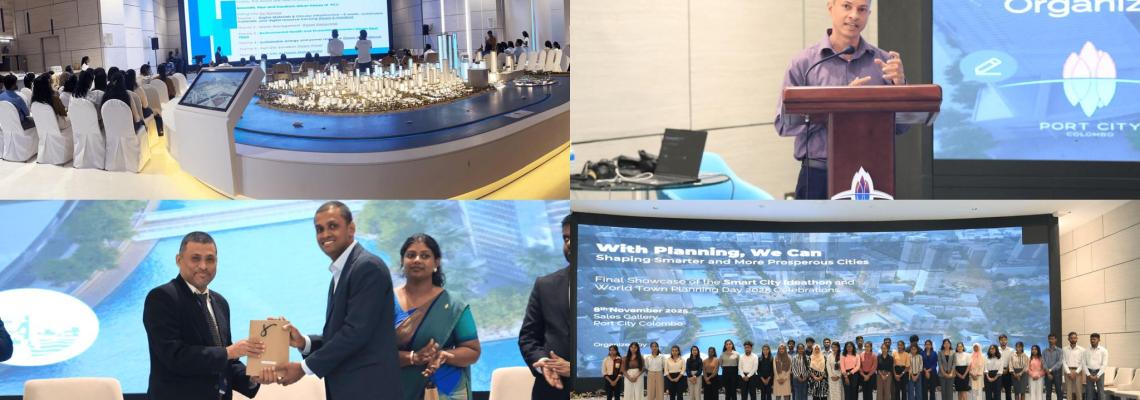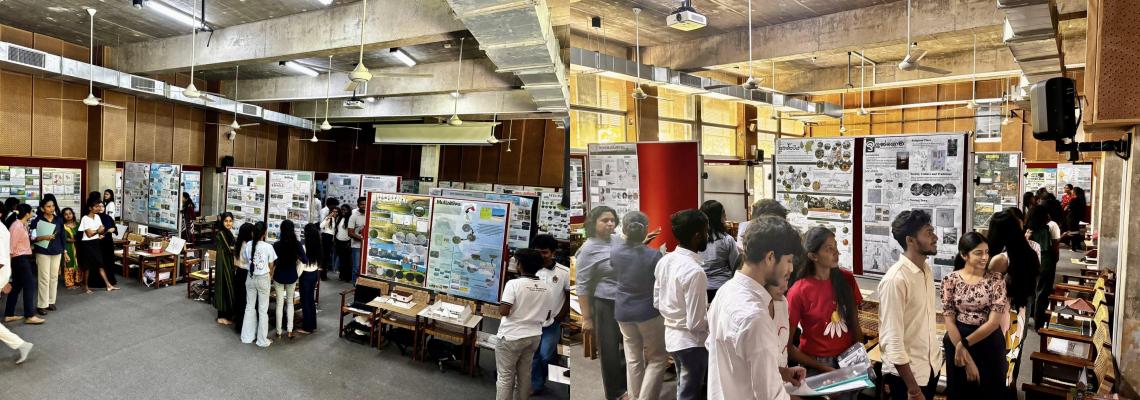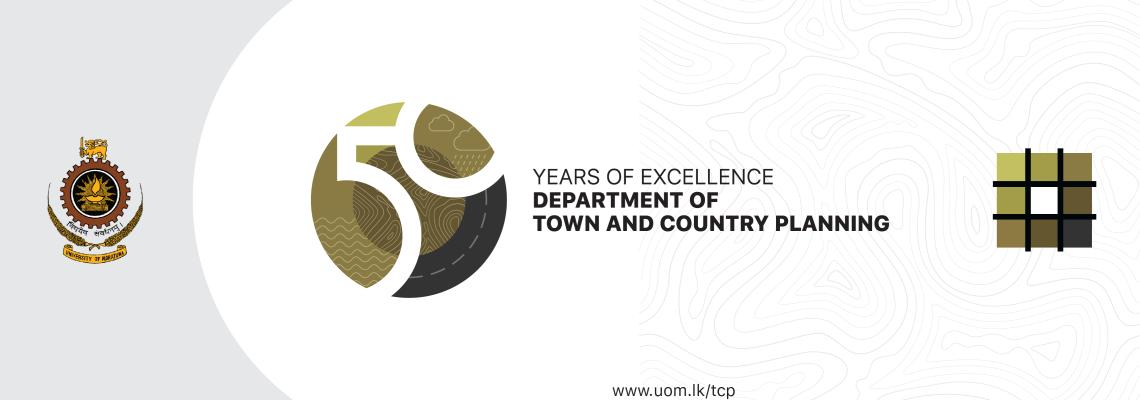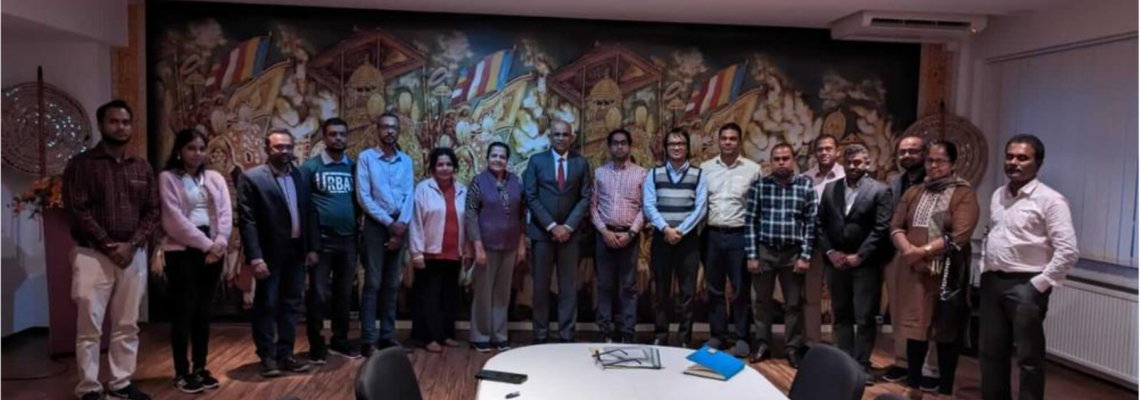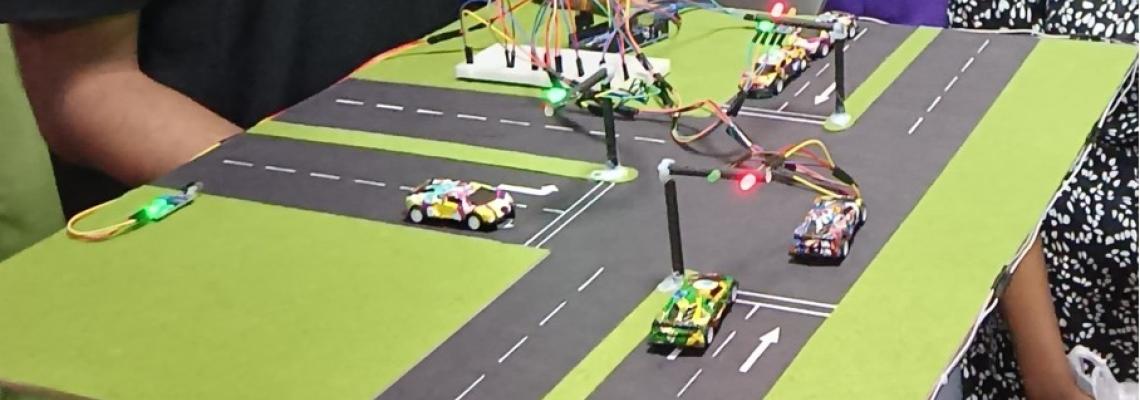
Name: A.L.A.C. Pathiraja
Degree: MPhil Research Degree Programme
Duration: 2 Years (Full Time)
Email:amapathirajauom2018@gmail.com
Supervisor/s: Dr. Chameera De Silva, Dr. Amila Jayasinghe
Abstract: Traffic congestion and delay have become a global issue in urban areas not only developing countries but in the most of developed countries. An upcoming development habitually generates the vehicle demand to both main accessible and adjacent roads and intersections, thus, if it not properly managed, problems would be more and worse. Therefore, the traffic generation from an upcoming development should be properly identified and managed. Once identifying this, different countries have adopted different planning and building regulations in order to identify negative effects and avoid them in advance. In Sri Lanka as well, mega developments should be accompanied with Traffic Impact Assessments as stipulated in parking & traffic control (Regulation 34, Schedule III) under the City of Colombo Development Plan (Amendment, 2008) in order to obtain the development permits. Although, there is a vast positive movement, doubtful areas still could be visible in some subject areas mentioned under the Term of Reference (TOR). One of them is the delineating the traffic impact area properly, where it is currently taken as the 500m buffer area from the proposed site. Many studies have gone wrong due this very subjective selection and many scholars in the transportation filed and its allied disciplines argue the importance of having a new method or tool to identify the traffic impact area for each development uniquely.
The geographical extent of the traffic impact area is not a fixed boundary, which could be changed based on different parameters. Therefore, a fixed boundary may misdirect the developers, consultants and planning authorities at the decision making in transport planning circumstances. Only few models, techniques and algorithms would be observed for identifying and delineating the impact areas from present assessments. But, all these studies were based on unique geographical locations and no general models or algorithms could be observed specially for developing countries. Hence, the objective of this study is to develop a GIS model to define the traffic impact areas for new land developments in the Sri Lankan context.
The first step of this research is to classify the development types by considering the present planning & building regulation guidelines and evaluating them by case studies. The second step identifies most appropriate parameters from past studies for delineating the traffic impact areas for proposed developments by using modern techniques such as multi-criteria analysis and expert surveys. The next step is to build algorithms and models based on well-defined parameters and locational attributes by using the regression analysis. The fourth step is to calibrate above models with real case studies for delineating the traffic impact area properly. Here, the proposed study area is the Western Province of Sri Lanka, which presents a high correlation between land use change and existing transportation issues in Sri Lanka. The final step is to build a QGIS model by using above calibrated algorithms for decision makers to use it easily and effectively for generating accurate decisions in the planning process.
Key Words: Delineation, GIS, GIS-Based Model, Impact Area, Proposed Development, Traffic Impact Area, Traffic Impact Assessment
 Title: A Decision-Making Tool for Urban Planners: A framework to model the interdependency among land use, accessibility, density, and surface runoff in urban areas
Title: A Decision-Making Tool for Urban Planners: A framework to model the interdependency among land use, accessibility, density, and surface runoff in urban areas
Name: N.B.S Madusanka
Degree: MSc by Research (Town and country Planning)
Duration: 1 Year (Full Time)
Email:nbsamith.madusanka@gmail.com
Supervisor/s: Dr.Chethika Abenayake & Dr. Amila Jayasinghe
Abstract: As a result of rapid urbanization, flooding and surface runoff become a burning issue in urban planning and management. Sri Lankan cities are highly affecting from urban flooding. Hence, timely required to find a solution and regulate to surface runoff reduction in the urban areas. Guzha & Rufino
Key Words: Land use, Accessibility, Density, Surface runoff, Urban form, Urban Flood

